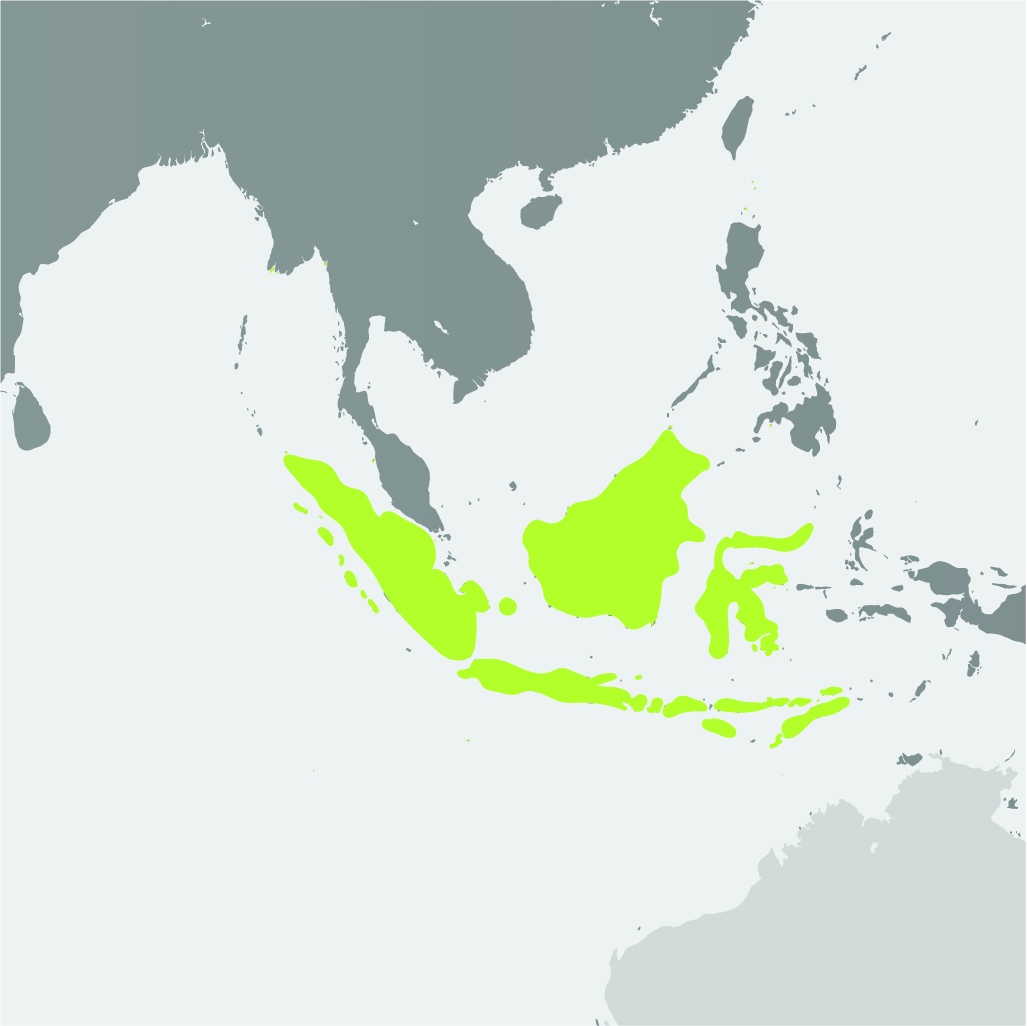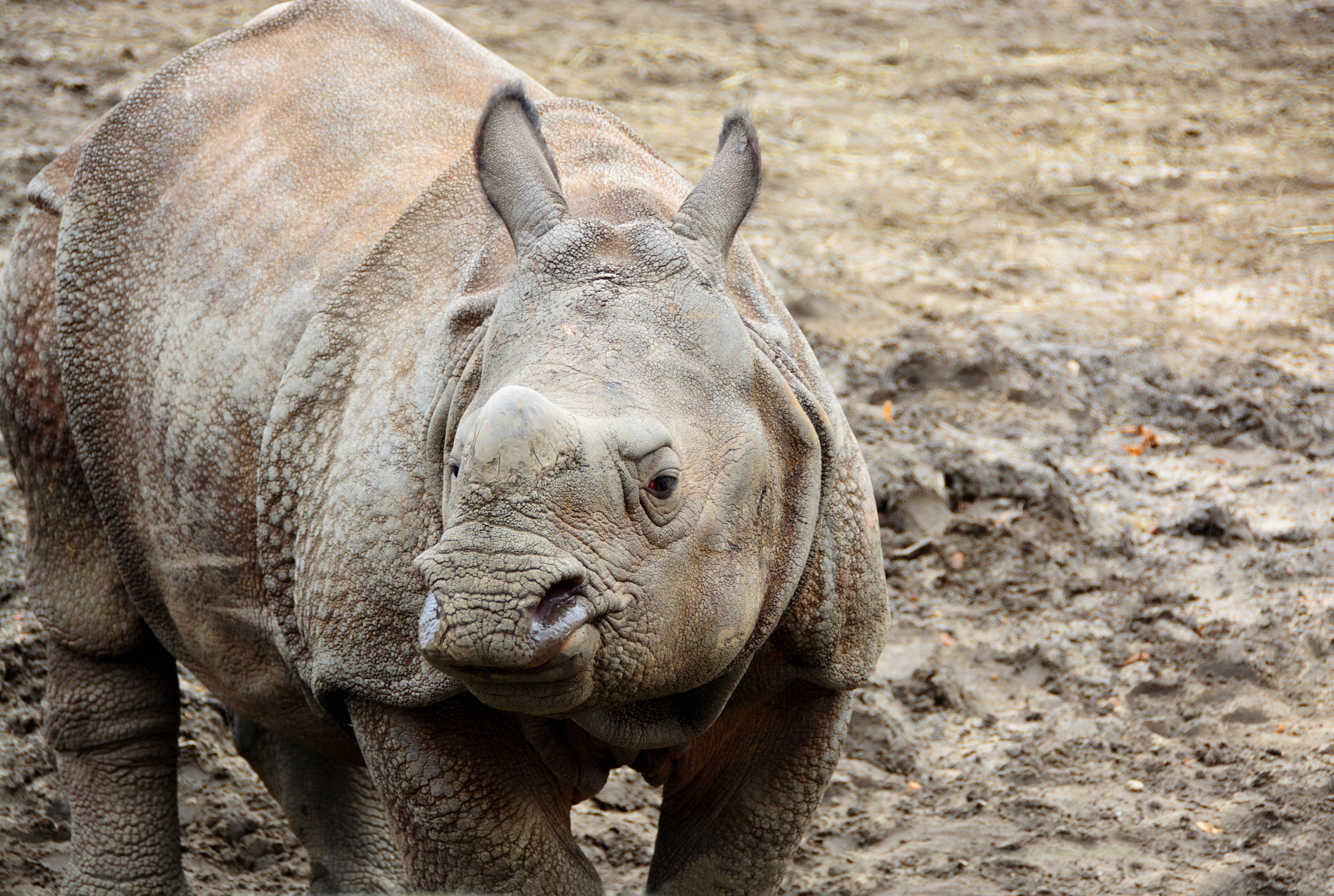Javan Rhino
"Sunda Rhinocerous" by Don Seegmiller (digital)
“This is the most critically endangered large mammal. There may be as few as 40 remaining in the wild. There are no individuals in zoo’s.
I have always had a fondness for rhinoceros but was not familiar with this particular species.
I really like painting wrinkly skin.”
Your purchase is helping Expedition Art and Saving Species purchase land in Sumatra! Learn more about the project.
Habitat
The Javan rhino historically roamed across Asia from north-eastern India through Myanmar, Thailand, Cambodia, Laos, Vietnam, and the Indonesian islands of Sumatra and Java. Over the past 150 years, its range and population has shrunk dramatically. To date, there is just one population in a single national park in the Ujung Kulon peninsula on the Indonesian island of Java.
Family Life
Javan rhinos are usually solitary, except for females with small calves, or during courtship. There is a short period of courtship around the time when a female is in oestrus and this is generally the only time adult males and adult female socialize. Females are pregnant for 15-16 months, and upon delivery, the young stay with them until they are approximately 3 years old. Occasionally young animals may form pairs or small groups.
Javan rhinos have a good sense of smelling and hear very well, but are rather short sighted. Javan rhinos are not very vocal and only few vocalizations have been recorded. As with other rhino species, indirect communication through dung, urine and scrapes scented with the secretions of the foot glands play a more prominent role.
Lifespan
The average lifespan is unknown, but it is estimated to be between 30-40 years.
Hunting Habits/Diet
The Javan rhinoceros is an herbivorous animal, and sustains itself on a purely plant based diet. They browse the densely vegetated sub-tropical forest for leaves, flowers, buds, fruits, berries and roots which they dig up from the ground using their horns.
Population
There are only 63 Javan rhinos left in the wild and none in captivity.
Fun Fact
Rhinos have been around for over 50 million years.
Why are they Endangered?
The biggest threat to the Javan rhino is the very small size of the remaining populations. This leads to inbreeding and loss of genetic variability and vitality. Like other rhinos, the Javan rhinos are poached for their horn, which is used in Asia as a medicine against fever and pain. Apart from poaching, habitat destruction and loss for agriculture and development are further threats to the rhino populations.
Status
Critically Endangered


